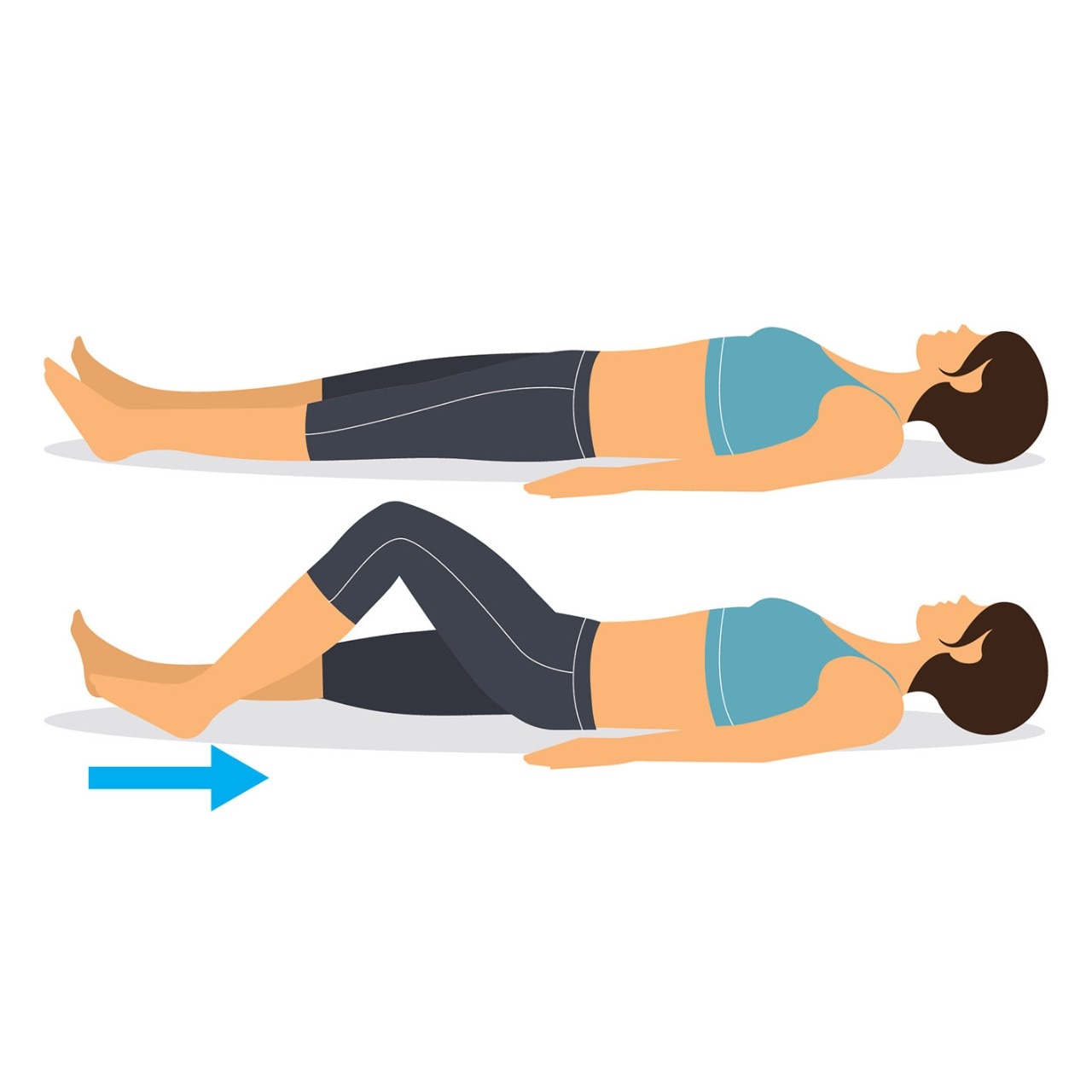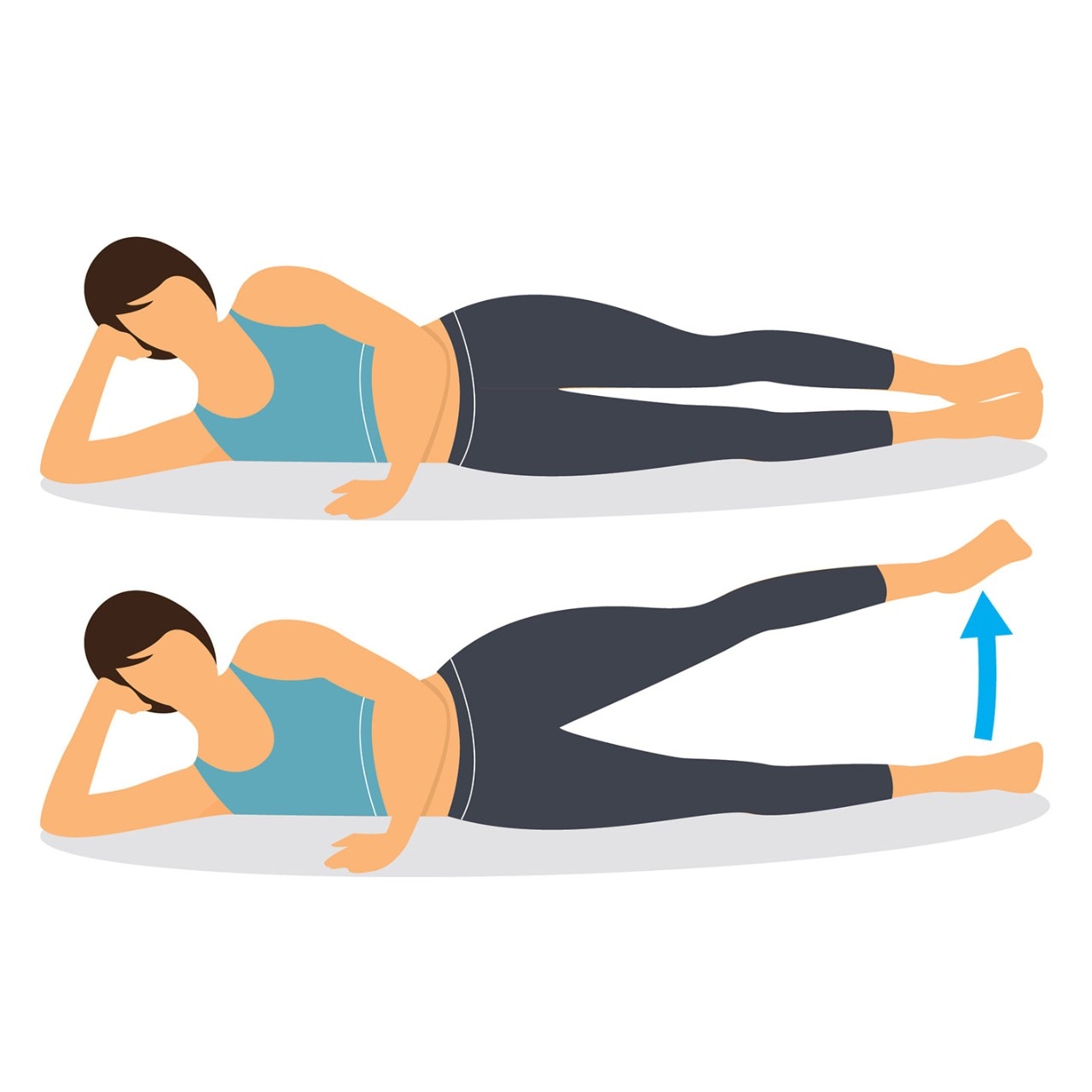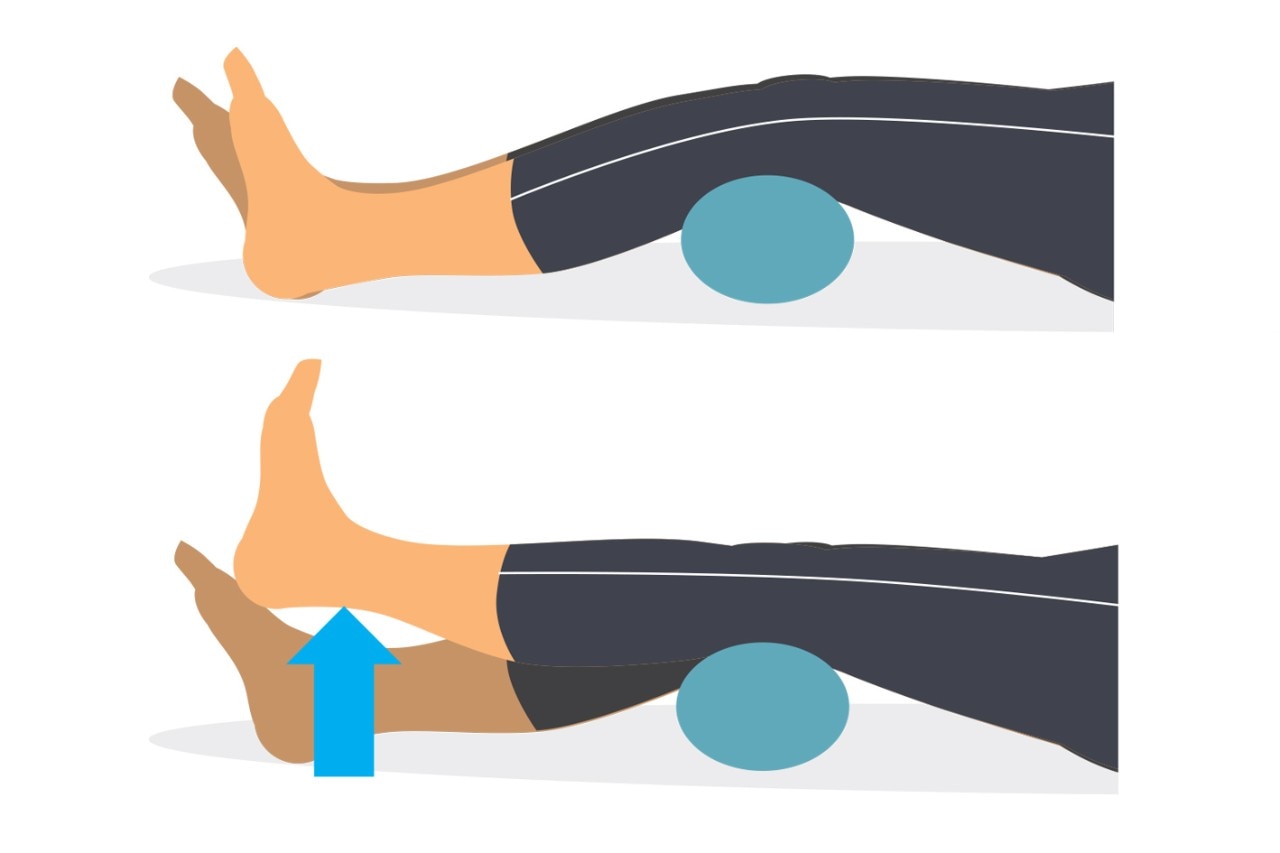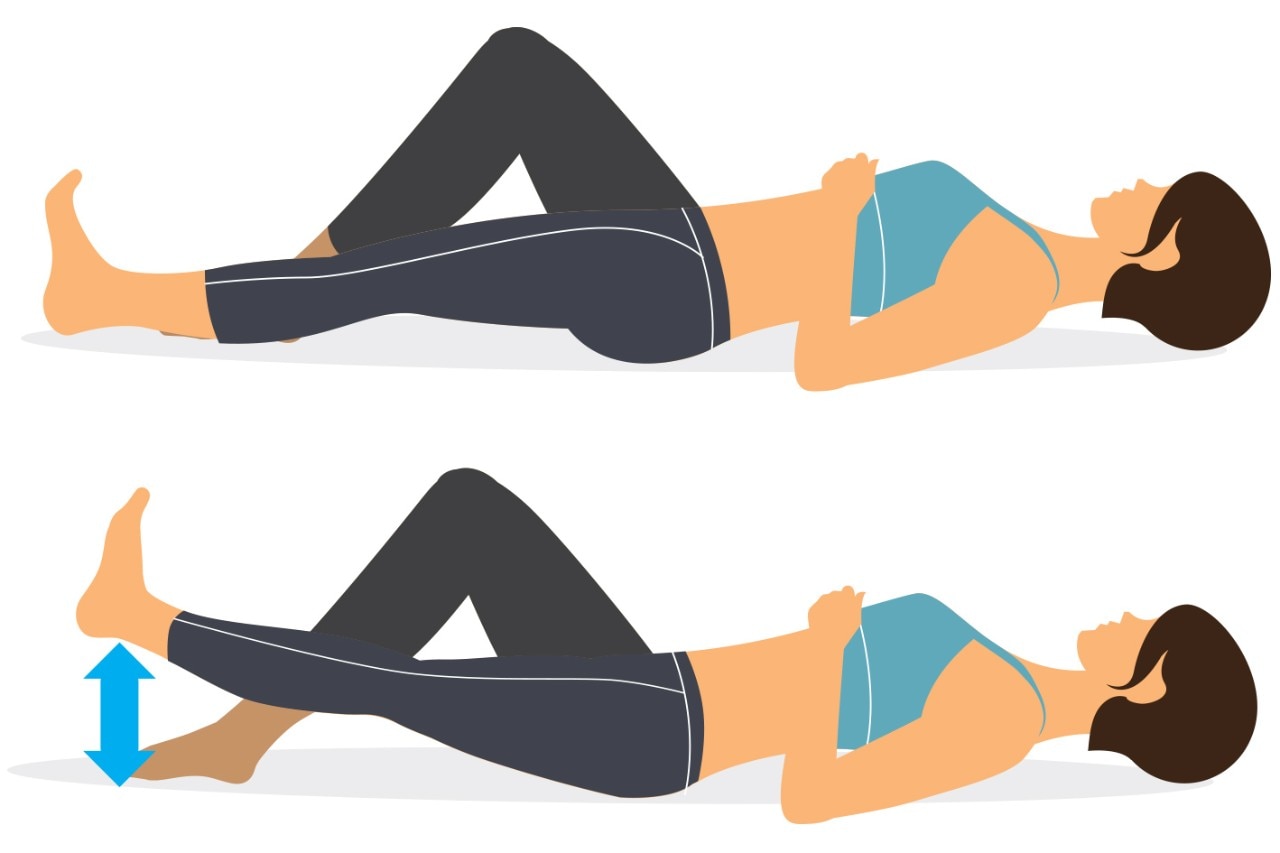Arthritic, Painful Joints: Motion Is Your Friend
It’s a common misbelief that being inactive helps ease arthritic joint pain. In this article, Dr. Klaassen discusses why it’s so important to stay as active as possible for arthritis.
It’s a common misbelief that being inactive helps ease arthritic joint pain. In this article, Dr. Klaassen discusses why it’s so important to stay as active as possible for arthritis.
Motion is lotion
As we age, many of us start to notice that previous athletic injuries, accidents, work injuries, and the general abuse of our bodies over our lifetime can start to haunt us. We can develop stiffness and pain in our joints. There are, of course, hereditary factors that can contribute to this too, like a family history of arthritis or joint problems. All these factors can advance the arthritic conditions in certain joints.
Contrary to what many people believe, motion is usually best for your arthritic joints.
I always tell my patients who have arthritis, ‘motion is your friend’. Standing in one position is not good for your joints. Sitting or being stationary without moving your body isn’t good for your joints either. This can cause your joints to become even more painful and stiff. It can also lead to further damage of your already compromised cartilage (the “cushion” in your joints).
Staying in motion, without adding excess weight, is generally best when you have a painful, stiff, and inflamed arthritic joint. The act of motion causes a stretch in your muscles, ligaments, and tendons. Moving these joints, muscles, and tendons help lubricate the joint and damaged cartilage. The key is not to further damage or aggravate the painful joint. So, generally, I tell my patients not to follow the old adage of “no pain no gain” as it doesn’t necessarily work with arthritic joints.
Low impact activities such as biking, spinning, or swimming are good ways to stay active. If you’re not comfortable on a bike, consider finding a stationary bike. Walking is also a good way to stay active.
The goal is to regain, and then maintain, your range of motion and to keep your joints as flexible as possible. Stretching is a great way to keep your muscles and tendons moving so that you don’t stiffen up. Yoga is an awesome way to stay flexible, as is walking.
It’s difficult to give people a “cookbook” of what to do because all of us are different. Some exercises may aggravate your specific condition, so you’d want to avoid them. Other exercises may really work well for you, which obviously would be the ones you’d want to continue. So, along with your doctor or physical therapist, you should experiment and figure out what works best for you.
That being said, here are a few, generally common hip and knee stretches that you can ask your doctor about:
 Heel Slide
Heel Slide
 Hip Abduction
Hip Abduction
 Quad Sets
Quad Sets
 Straight Leg Raise
Straight Leg Raise
We know that, with joint replacement, the better your motion and flexibility is before your surgery, the better you will do afterwards and the more likely it will be that you end up with a better functioning implant. In the end, low impact motion will help make your arthritic joints happier and may help you delay the need for a replacement surgery.
Motion is lotion for your joints!